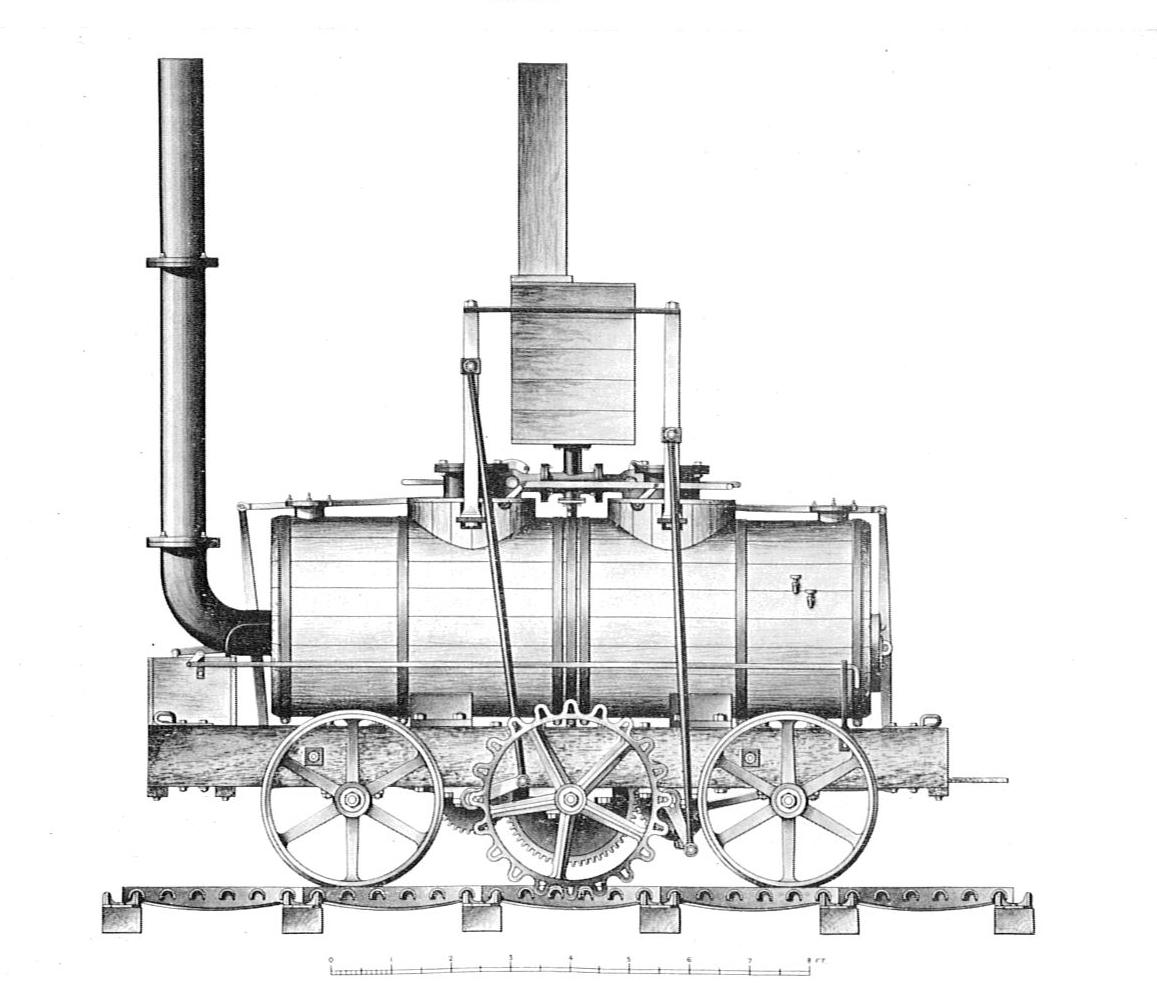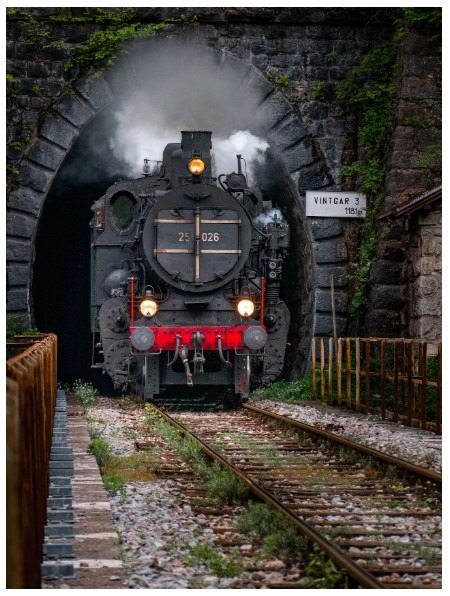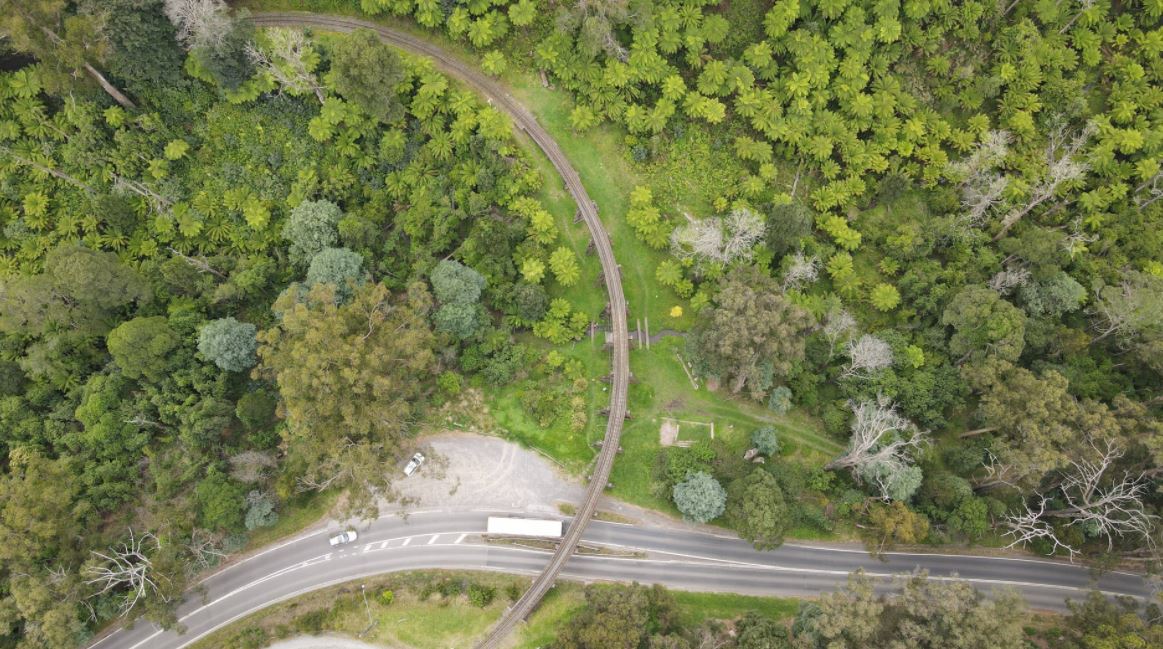Who Invented Trains: The Pioneers of Railway Transportation
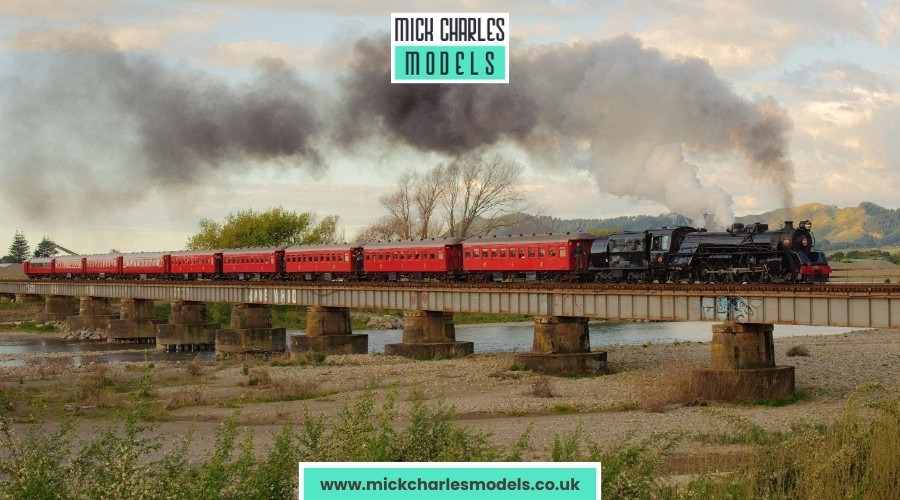
Trains have always been a symbol of progress. When it was invented, it was a turning point in history – it revolutionized how people travel, move goods, and connect with distant places. Although today we can safely say that air travel has surpassed the popularity of trains, it's still an essential form of transport for many people as it accommodates everything from daily commutes to international freight. But how did trains come to be, and who were the pioneers that made it all possible?
This story is a mix of human ingenuity, technological advancements, and a series of small innovations that led to the mighty railways we know today. So, let's dive into the fascinating history of trains and the people who paved the way for modern rail transportation.
Early Concepts of Rail Transportation
Before the first locomotives roared to life, people already used rudimentary rail systems. The idea of having guided pathways to ease transportation is ancient. One of the earliest known examples is the Diolkos in ancient Greece, a stone trackway built around 600 BC that allowed boats to be moved across land. While not a train in the modern sense, it showed the value of smooth, guided transportation paths.
Fast forward to the 1500s, and miners in Germany and Britain began using wooden tracks to transport heavy loads of ore. These tracks were built to guide horse-drawn carts, making it easier to haul materials across uneven terrain. The use of tracks increased efficiency significantly, which was a huge step toward developing trains as we know them today.
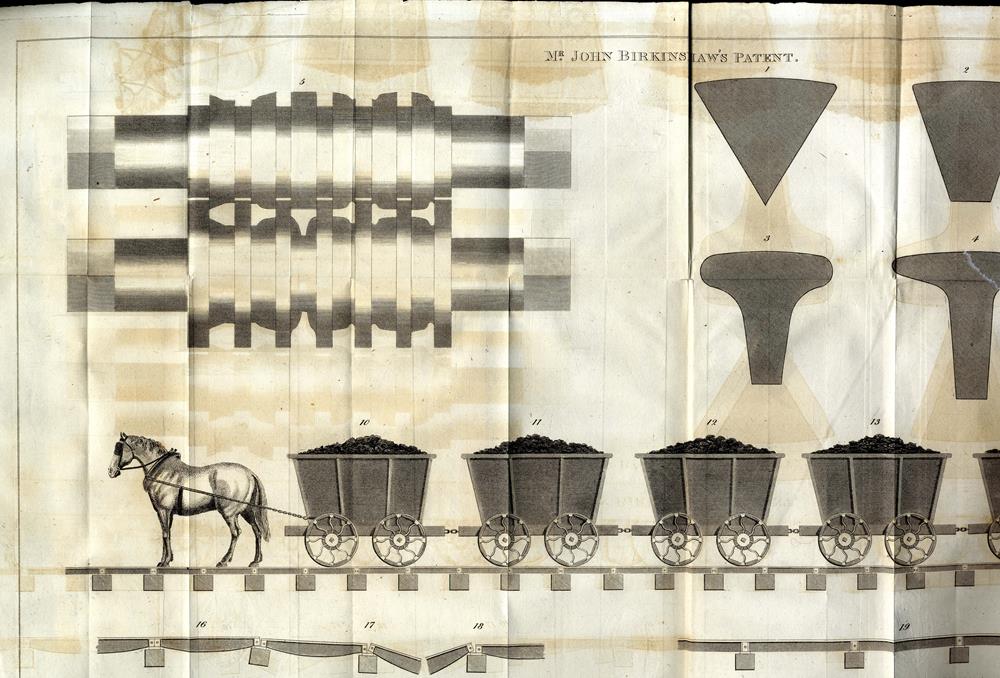
By the 18th century, iron began replacing wood in tracks. John Birkinshaw invented wrought iron rails in 1820, which were stronger and more durable than the cast iron tracks used before. This upgrade allowed trains to carry heavier loads over longer distances, a critical step in developing efficient rail systems.
The Steam Engine Revolution
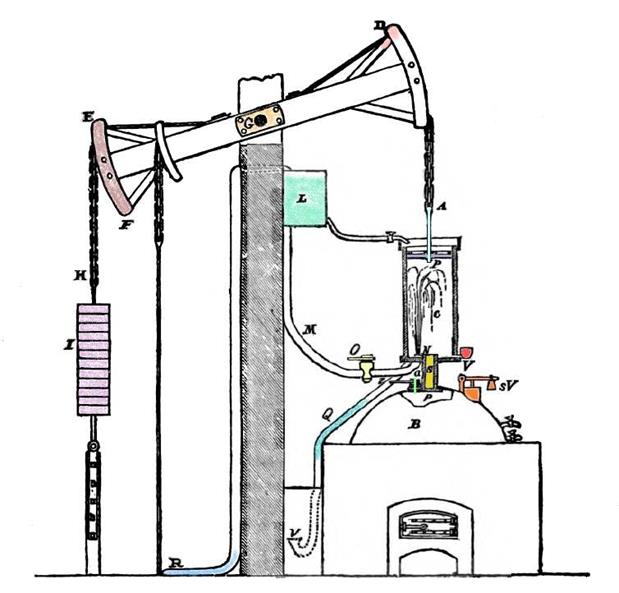
The real breakthrough in rail transportation came with the advent of the steam engine. Thomas Newcomen developed an early steam engine in 1712, primarily used for pumping water out of mines. While it wasn't designed for transportation, Newcomen's engine introduced the idea of using steam power for heavy tasks.
A few decades later, James Watt improved upon Newcomen's design, making steam engines more efficient by introducing separate condensers. This innovation laid the groundwork for what would soon power the world's first trains. Watt's engines were mainly used in factories, but they showed that steam could be harnessed for much more.
Richard Trevithick: The First Steam Locomotive
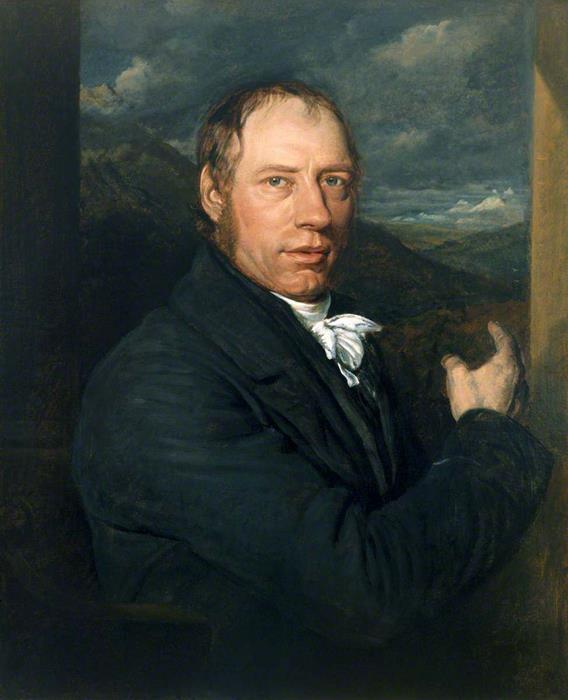
The next key figure in the story of trains is Richard Trevithick, a British engineer credited with building the world's first steam-powered locomotive in 1804. His invention was no small feat. Trevithick's locomotive was designed to haul loads of iron across 9 miles of track at Penydarren Ironworks in Wales. This steam engine was the first to demonstrate that a locomotive could pull heavy loads over long distances.
While Trevithick's locomotive was groundbreaking, it wasn't perfect. It was heavy, unreliable, and damaged the iron tracks. Despite these challenges, his invention marked the beginning of the railway era and proved that steam power could be used to move more than just water—it could move entire trains.
George Stephenson: The Father of Railways
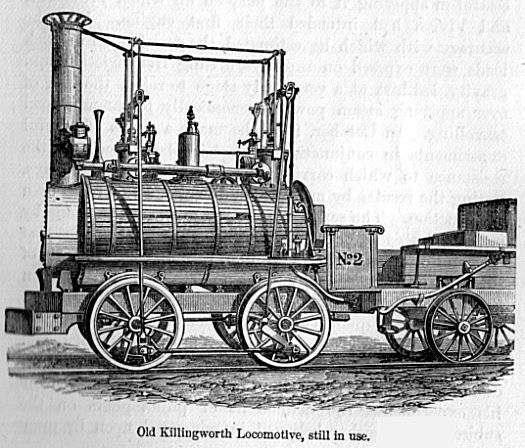
If Richard Trevithick laid the groundwork, George Stephenson built the foundation. Often referred to as the "Father of Railways," Stephenson took Trevithick's idea and perfected it. In 1829, Stephenson's Rocket became the first commercially viable steam locomotive capable of pulling heavy loads at high speeds over long distances. It won the Rainhill Trials, a competition to choose the best locomotive for the Liverpool and Manchester Railway, a crucial route that needed an efficient engine.
The Rocket reached speeds of up to 30 miles per hour, which may not sound impressive by today's standards, but was revolutionary at the time. Stephenson's design featured several innovations, including a multi-tube boiler that significantly improved the engine's efficiency. It was fast, reliable, and efficient—exactly what was needed to make railways practical for widespread use.
Stephenson also contributed to the standardization of track gauge (the distance between the rails), which was critical for creating an interconnected railway system. He proposed a gauge of 4 feet, 8.5 inches, which became the global standard for railways and is still used today.
The Spread of Railway Systems
Once Stephenson's Rocket's success was clear, the railway boom began. Railways rapidly expanded across Britain, Europe, and the United States. In 1825, the Stockton and Darlington Railway became the world's first public railway to use steam locomotives. The line was primarily used for transporting coal but also carried passengers. Its success demonstrated the railways' potential to change commerce and personal travel.
In the United States, the first major railway was the Baltimore and Ohio Railroad, which began operations in 1830. It marked the beginning of the American rail network that would eventually stretch from coast to coast.
Meanwhile, countries like France and Germany developed extensive rail systems in Europe. These railways didn't just move people and goods—they facilitated cultural exchange and economic growth. They connected cities and industries like never before.
But the spread of railways wasn't limited to Europe and the Americas. In India, the British established the country's first railway line in 1853. This 21-mile stretch between Mumbai and Thane laid the groundwork for one of the largest railway networks in the world today. Railways in India played a pivotal role in the country's industrial development and are still a critical part of its infrastructure.
In Africa, European colonizers initially built railways to transport minerals and resources. Over time, these networks grew to connect inland countries with coastal ports, and after colonial rule, they became vital for trade and development within the continent.
Evolution of Train Technology
As the demand for railways grew, so did the need for more advanced and efficient trains. The steam engines of the 19th century were groundbreaking, but they had limitations. The next step in railway evolution was the development of electric and diesel trains.
Electric trains began to appear in the late 19th century. These trains were cleaner, quieter, and more reliable than steam engines, especially for short-distance urban travel. The first fully operational electric railway was opened in 1883 in Brighton, England.
In the 20th century, diesel locomotives became popular because they were more flexible than electric trains. They didn't require overhead wires or complex infrastructure, making them ideal for longer, more remote routes. By the mid-1900s, diesel locomotives had replaced mainly steam engines in many parts of the world.
High-Speed Rail
In the latter half of the 20th century, high-speed trains became the next frontier in railway technology. Japan's Shinkansen (also known as the bullet train) was the world's first high-speed rail system, launched in 1964. The Shinkansen could travel at speeds of over 124 miles per hour, cutting travel times dramatically and setting a new standard for rail efficiency.
Following Japan's success, countries like France and Germany developed their own high-speed rail networks. The TGV (Train à Grande Vitesse) in France and the ICE (InterCity Express) in Germany revolutionized European train travel. These trains could reach speeds of over 186 miles per hour, making them competitive with air travel for short—to medium-distance journeys.
In recent years, the development of maglev (magnetic levitation) trains has pushed the boundaries of rail technology even further. For example, the Shanghai Maglev in China can reach speeds of over 268 miles per hour by floating above the tracks, reducing friction and allowing for incredibly fast, smooth travel.
Famous Train Models in Rail History
Let's take a closer look at some of the most iconic trains throughout history:
- Stephenson's Rocket (1829): One of the first locomotives to set the standard for steam engines. Its speed and efficiency, reaching 30 miles per hour, made it revolutionary in its time.
- Puffing Billy (1813-1814): This early steam locomotive was designed to transport coal. It demonstrated that steam power could be used for practical, heavy-duty work, paving the way for more powerful engines.
- Mallard (1938): Holding the record as the fastest steam locomotive ever built, the Mallard reached a speed of 126 miles per hour. Its sleek design and powerful engine became a symbol of British engineering excellence.
- Shinkansen (1964): The first high-speed train, the Shinkansen, could travel at 124 miles per hour and revolutionized rail travel in Japan. It served as a model for modern high-speed rail systems worldwide.
- The Eurostar (1994): The Eurostar revolutionized high-speed rail travel in Europe by connecting the UK to mainland Europe via the Channel Tunnel. Known for its sleek design and impressive speed of over 186 miles per hour, the Eurostar became a symbol of modern rail travel. Its streamlined shape and cross-border connectivity made it a beloved choice for those who admire cutting-edge engineering in their model railroad layouts.
- Maglev Trains (2004): Using magnetic levitation, maglev trains eliminate the friction between wheels and tracks, allowing them to reach incredible speeds. The Shanghai Maglev holds the record for the fastest commercial train, reaching speeds of up to 268 miles per hour.
- The AGV Italo (2012): Introduced in 2012, the AGV Italo is one of the most advanced high-speed trains in the world. It operates in Italy and can reach speeds of up to 224 miles per hour, making it the fastest operational train in Europe.
The Impact of Railways
The development of railways transformed economies, industries, and societies worldwide. Here are some of the key impacts:
- Faster Travel: Trains dramatically reduced travel times, making moving across long distances easier. What once took days or even weeks by horse-drawn carriage could now be done in a fraction of the time.
- Industrial Growth: Railways were crucial during the Industrial Revolution, allowing factories to transport raw materials and finished goods across vast distances. This helped industries expand beyond local markets and contributed to the rise of global trade.
- Cultural Exchange: By connecting distant cities and regions, railways facilitated the spread of ideas, culture, and innovation. People from different areas could travel more easily, bringing together diverse perspectives, art, and new business practices. Railways were not just a mode of transport; they became a conduit for cultural exchange and development.
- Economic Expansion: The ability to quickly and efficiently transport large quantities of goods allowed cities to grow into major economic hubs. Railways opened up new markets, linking rural areas to urban centers and enabling products to be sold over much longer distances. This economic expansion led to the rise of global trade and commerce, allowing companies to reach new markets and customers.
- Military Strategy: Railways were also strategically important during times of war. They enabled armies to move troops, supplies, and equipment over long distances quickly. During the American Civil War and both World Wars, railways played a critical role in ensuring swift and efficient logistics, allowing for rapid mobilization of forces and supplies. The ability to move entire armies across continents with railroads was a game-changer in military strategy.
- Urbanization: As railways connected rural areas to growing cities, people began migrating toward urban centers for better opportunities. This spurred rapid urbanization, especially during the 19th century, as cities expanded to accommodate the growing workforce required by industries. The rail network provided easy access to jobs and services in larger cities, accelerating the rise of modern urban life.
- Environmental Impact: Early railways ran on steam engines, which burned coal and contributed to air pollution. However, modern trains are becoming increasingly eco-friendly. Electric and hydrogen-powered trains significantly reduce greenhouse gas emissions, making rail travel one of the most sustainable forms of long-distance transportation available today.
Modern Trains and Fast Rail Systems
The evolution of trains from steam engines to high-speed, eco-friendly machines has been remarkable. Today's trains have advanced technology that prioritizes safety, efficiency, and comfort.
High-Speed Rail
High-speed rail systems, such as the Shinkansen in Japan and the TGV in France, have transformed how people travel between major cities. These trains can reach speeds of over 200 miles per hour, reducing travel times dramatically and offering a competitive alternative to air travel for short- to medium-distance trips.
In China, high-speed rail has become a cornerstone of the country's transportation network, with some routes exceeding 350 kilometers per hour (217 miles per hour). This rapid growth has helped connect vast regions of China, making both business and tourism more accessible and efficient.
Comfort and Sustainability
Modern trains offer more than just speed; they are designed with passenger comfort in mind. Features like Wi-Fi, comfortable seating, dining cars, and quiet zones make long journeys more enjoyable for travelers. Additionally, modern trains focus on reducing environmental impact by utilizing low-emission technologies. Some trains now run on hydrogen fuel cells or battery power, further reducing pollution and energy consumption.
Train designers are continually working on new ways to make rail travel greener. With growing global concerns over climate change, sustainable rail systems have the potential to become the backbone of future transportation.
Train Technology Breakthroughs
The evolution of trains didn't stop with the steam engine or even high-speed rail. Several key technological breakthroughs have shaped modern rail systems:
- Air Brakes (1860s): One of the earliest safety innovations in railway technology, air brakes enabled trains to stop more reliably and quickly. This drastically reduced accidents and allowed longer, heavier trains to operate safely.
- Diesel-Electric Engines (1900s): Introducing diesel-electric engines provided a more fuel-efficient alternative to steam engines. These trains combined the power of diesel with electric traction motors, making them more versatile and able to travel longer distances without frequent refueling.
- Maglev Technology (1970s-present): As mentioned earlier, maglev trains use powerful magnets to levitate above the tracks, allowing them to achieve higher speeds with minimal friction. The technology is still evolving, and future maglev systems could make train travel even faster and more efficient.
- Automation (2000s): Computers' use to control train operations has increased safety and efficiency. Automated systems can control speed, manage traffic on busy rail networks, and ensure that trains run on time.
- Green Energy (2010s): With the rise of environmental awareness, many trains are now powered by green energy sources such as hydrogen or electricity from renewable sources. This helps reduce the carbon footprint of rail travel and makes it a more sustainable option for the future.
The Future of Train Travel
As train technology advances, the future of rail travel looks promising. Engineers and innovators constantly explore new ideas to make trains faster, more efficient, and more eco-friendly. One area of significant focus is the development of hyperloop technology, which aims to transport people in vacuum tubes at speeds of over 600 miles per hour.
The hyperloop could revolutionize transportation by reducing travel times between cities to minutes rather than hours. Though still in the experimental phase, several companies are working on making this concept a reality, with test tracks already in development.
Also, modern trains will likely continue to prioritize green energy and automation to reduce their environmental impact further and improve passengers' safety and comfort.
Conclusion
The story of trains is a tale of innovation, determination, and technological progress. Pioneers like Richard Trevithick and George Stephenson laid the foundation for an industry that would change the world. From the early wooden tracks of the 1500s to today's high-speed trains, rail transportation has come a long way.
As trains evolve, with advancements in technology, speed, and sustainability, they remain a vital part of global transportation. Whether it's the steam-powered locomotives of the 19th century or the cutting-edge maglev trains of today, the journey of railway transportation is far from over—its next destination is the future.

